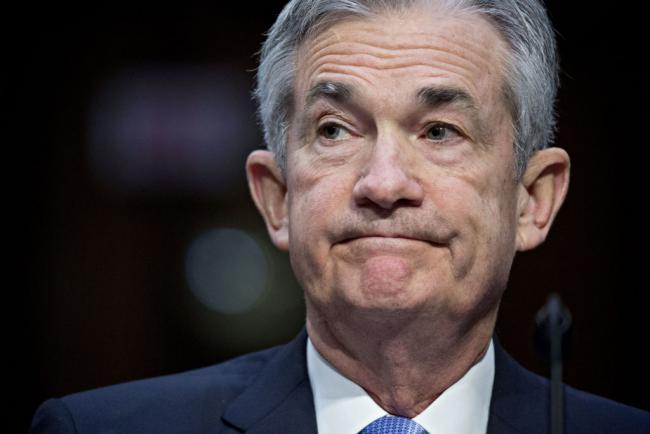(Bloomberg View) -- Jerome Powell takes over as chair of the Federal Reserve just as new figures show earnings and inflation edging up. It's good news that the recovery is helping wages to rise faster and bringing inflation closer to the Fed's target of 2 percent -- but as last week's big drop in equity prices suggests, it also complicates Powell's job.
Though the central bank has been gently reducing its monetary stimulus in recent months, its policy is still very expansionary. Powell needs to prepare investors for a faster withdrawal of this support.
Unemployment now stands at just 4.1 percent -- lower, maybe, than can be sustained into the medium term. Nonfarm payrolls expanded by 200,000 in January, faster than expected. Average hourly earnings beat expectations as well, growing at 2.9 percent over a year earlier -- the biggest rise since 2009. Measures of long-term inflation expectations have lately been inching up.
These developments aren't alarming on their own -- taken in isolation, in fact, just the opposite. The recovery since the crash of 2008 has been painfully slow, failing to follow the standard pattern. Despite unprecedented efforts by the Fed to boost demand, core inflation has stayed well below target, even giving rise at times to fears of a deflationary "new normal." At last, a tightening labor market seems to be bringing wage growth and inflation closer to what's needed.
This doesn't call for a sudden change in the Fed's whole approach, but it does call for a careful look at the pace of monetary tightening.
Investors are wise to the issue. In recent weeks they've been expecting another small rise in the policy interest rate next month -- from 1.25-1.5 percent to 1.5-1.75 percent -- followed by two more such rises in the rest of the year. January's new figures for jobs and wages have already nudged more analysts toward expecting four increases this year, not three. Long-term interest rates rose and equities fell when the numbers were announced.
The Fed's position is that the risks of policy being too tight or too loose are roughly balanced. Even if that's right for now, it may not be right for much longer. As the Fed continues to slowly unwind its enlarged balance sheet, loose financial conditions will prevail. Meanwhile -- thanks in part to protracted monetary accommodation -- asset prices are disturbingly high. This is a sign of economic optimism, to be sure, but also of financial vulnerability.
In sum, the risk is growing that policy is, or soon will be, too loose. Powell's first challenge will be to persuade investors that the Fed is alert to this danger and willing to act. His second will be to do this without starting a panic. Janet Yellen may have timed her exit well.
--Editors: Clive Crook, Michael Newman
To contact the senior editor responsible for Bloomberg View’s editorials: David Shipley at davidshipley@bloomberg.net.
For more columns from Bloomberg View, visit http://www.bloomberg.com/view.
©2018 Bloomberg L.P.
